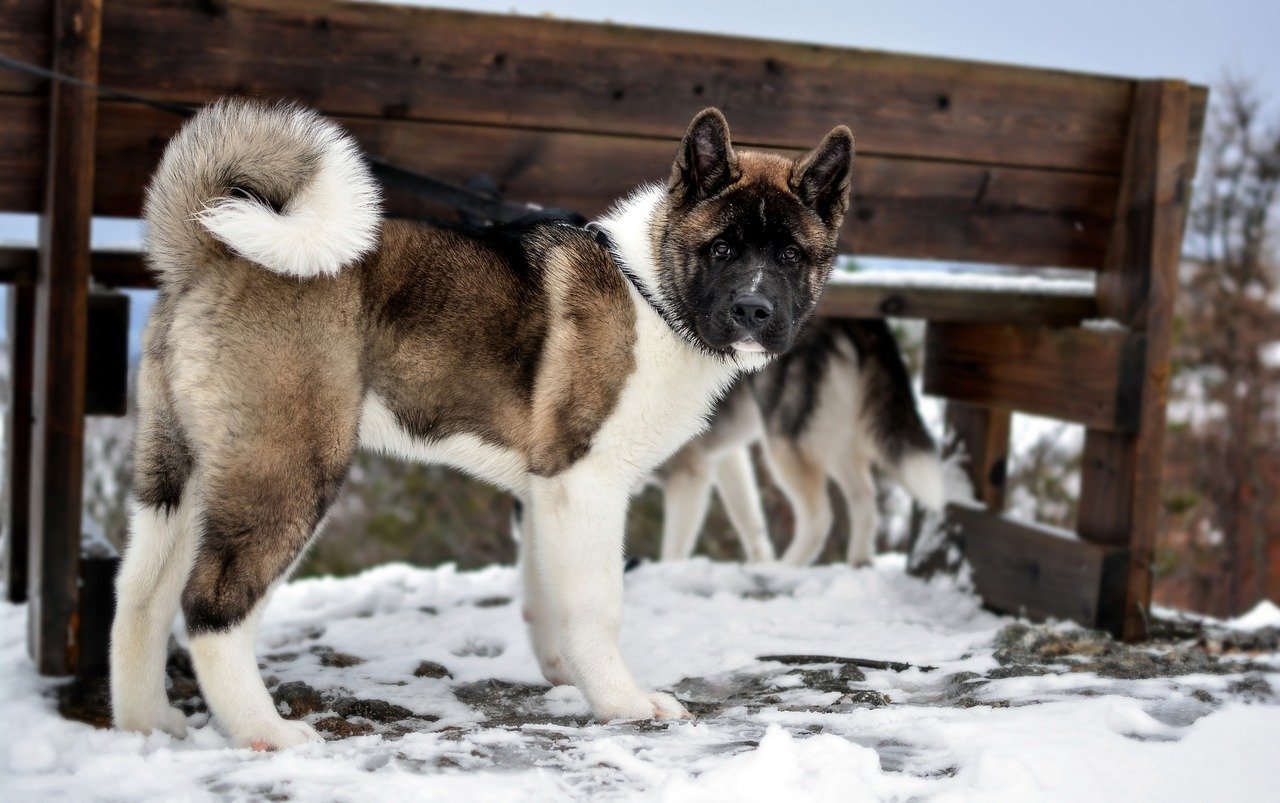The Akita breed holds a special place in the hearts of dog lovers around the world. Originating from Japan, this majestic breed has split into two distinct lines: the Japanese Akita and the American Akita. While both share a common ancestry, they have evolved differently due to varying breeding standards and cultural influences. Understanding the differences between these two fascinating breeds can help potential owners make an informed choice about which Akita fits best into their lives. Let’s explore the key differences that set these two breeds apart.
Appearance: Elegance vs. Strength
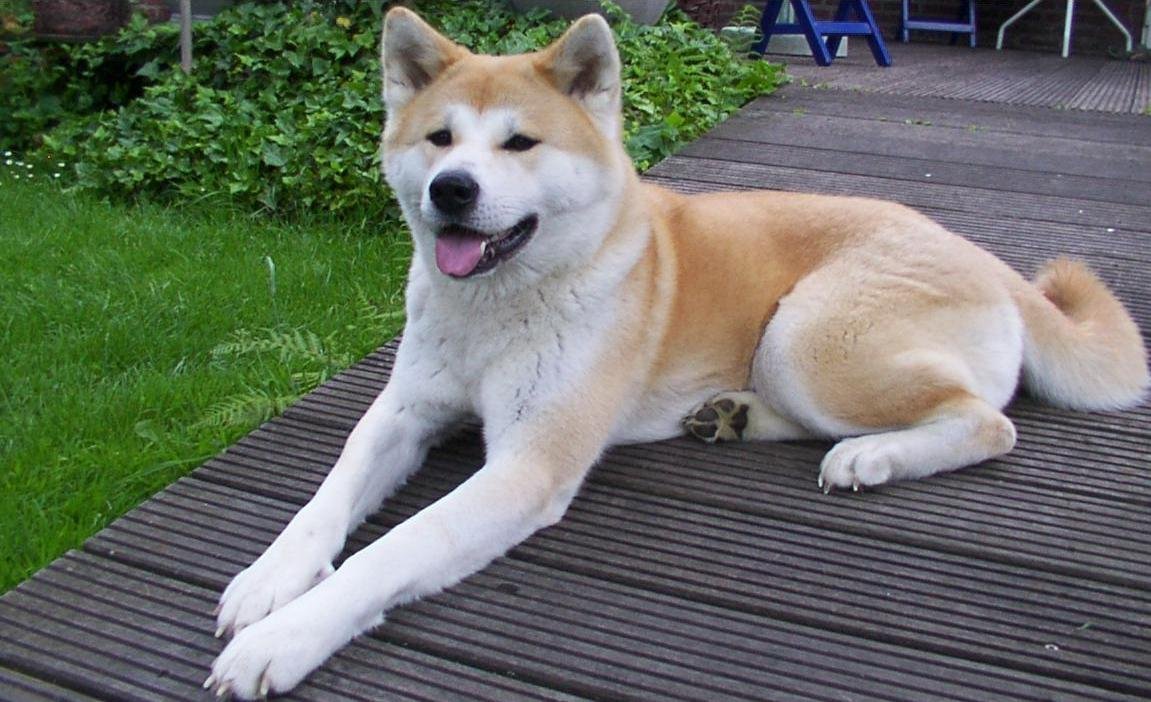
At first glance, the Japanese Akita and American Akita may seem like the same breed, but they have distinct characteristics that set them apart. While both share a common ancestry and an unwavering sense of loyalty, years of breeding in different regions have resulted in noticeable differences in their appearance, temperament, and purpose. Whether you’re considering adding an Akita to your family or simply curious about these magnificent dogs, understanding their unique traits can help you appreciate each breed’s rich history.
The most noticeable difference between the Japanese and American Akita lies in their appearance. Japanese Akitas are often described as elegant and refined. They have a fox-like face with almond-shaped eyes and a more petite frame. Their coats are typically limited to red, sesame, brindle, and white. On the other hand, American Akitas present a more robust and powerful appearance. They possess a bear-like head, smaller eyes, and a larger, bulkier body. Their coat colors are more diverse, including pinto, black, and even a mix of colors. This distinction in appearance is a result of different breeding objectives over the years.
Temperament: Reserved vs. Protective
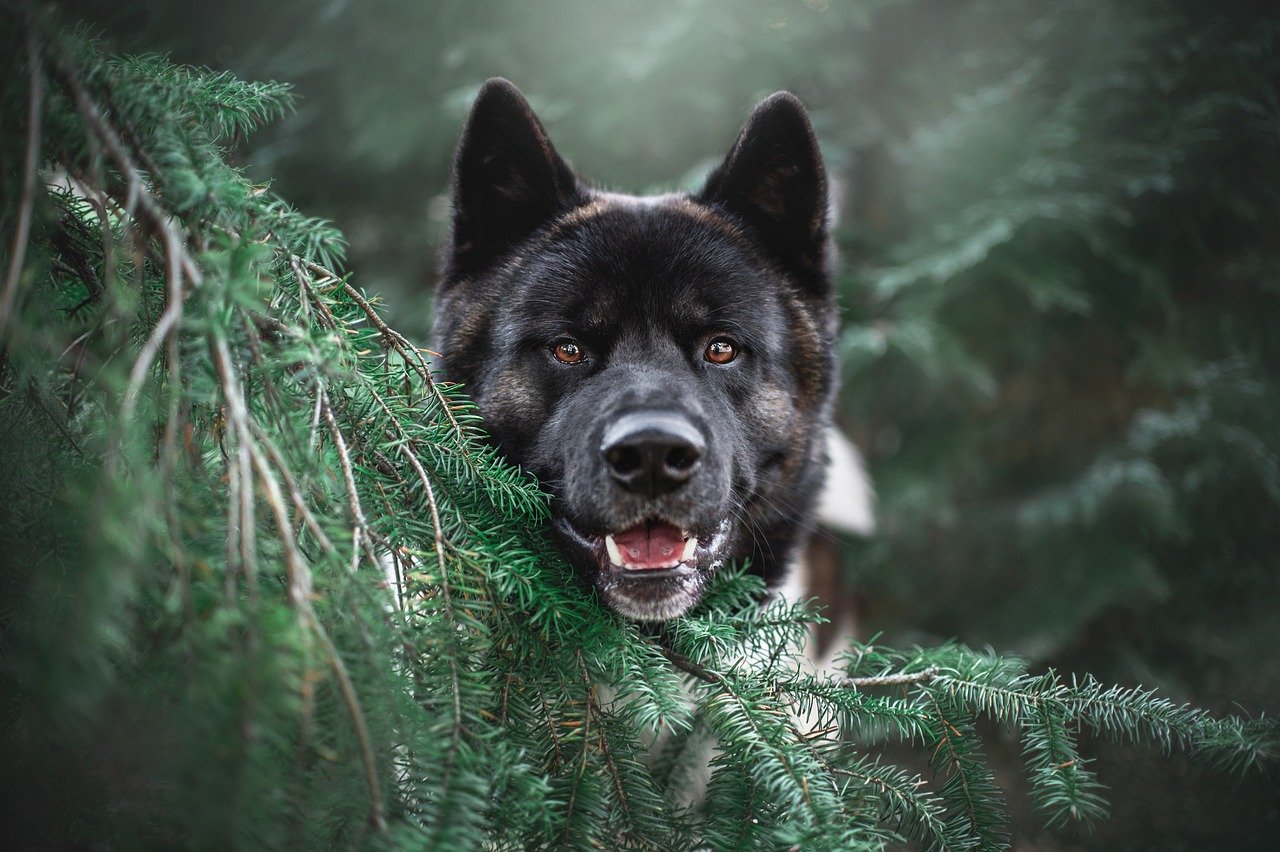
Japanese Akitas are known for their reserved and dignified nature. They are often aloof with strangers but deeply loyal to their family. This breed is generally less vocal and prefers to observe rather than react immediately. American Akitas, however, are known for their protective instincts. They are more vocal and assertive, often taking on the role of a guardian. While both breeds are loyal, American Akitas tend to be more outgoing and social compared to their Japanese counterparts. These temperament differences are crucial to consider for prospective owners looking for specific personality traits.
History and Cultural Significance
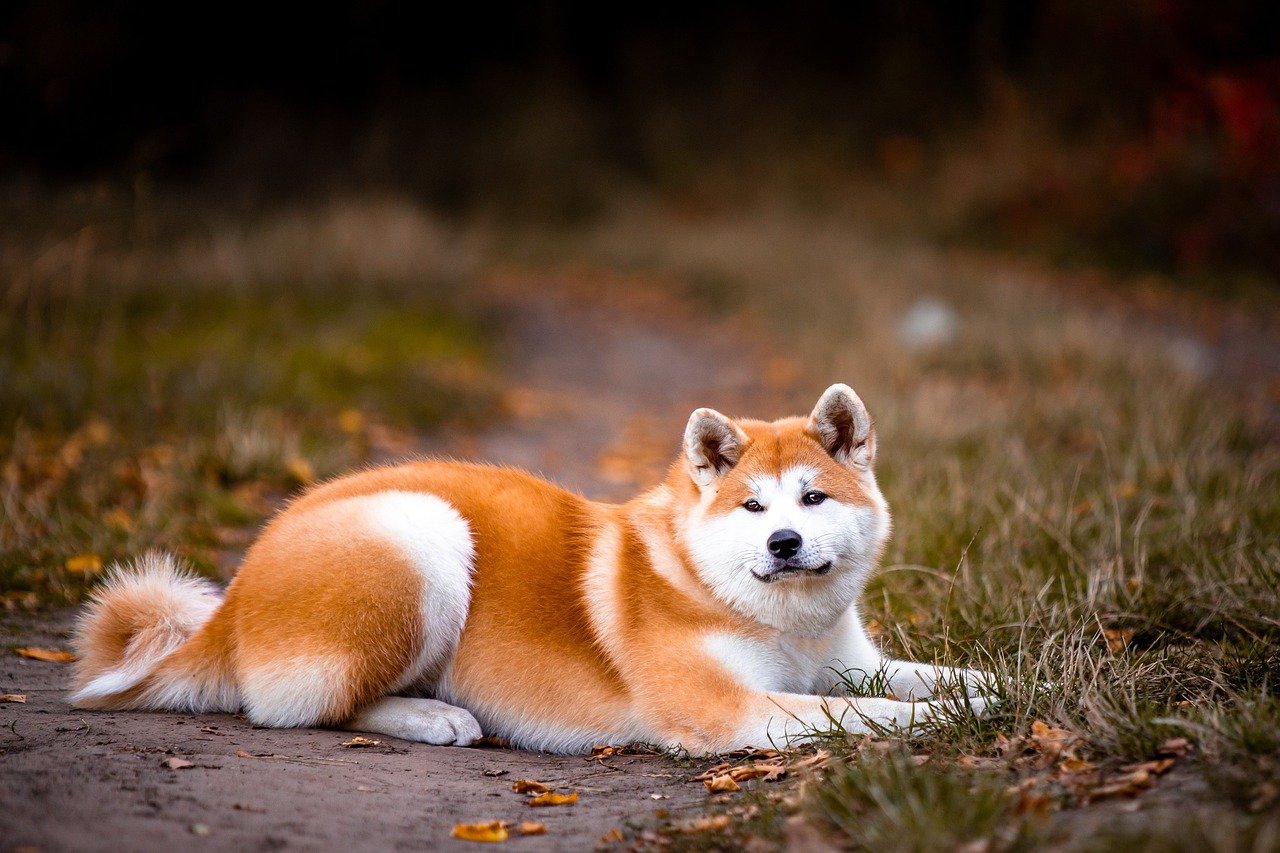
The Japanese Akita has a rich cultural heritage, deeply intertwined with Japanese history. Originally bred for hunting large game such as bears, they were later revered as symbols of good health, happiness, and long life. In contrast, the American Akita’s journey began during World War II when returning soldiers brought Akitas back to the United States. Over time, American breeders focused on enhancing the breed’s size and strength, leading to the distinct American Akita we see today. This history shapes not only their physical attributes but also their roles within families and communities.
Training and Intelligence
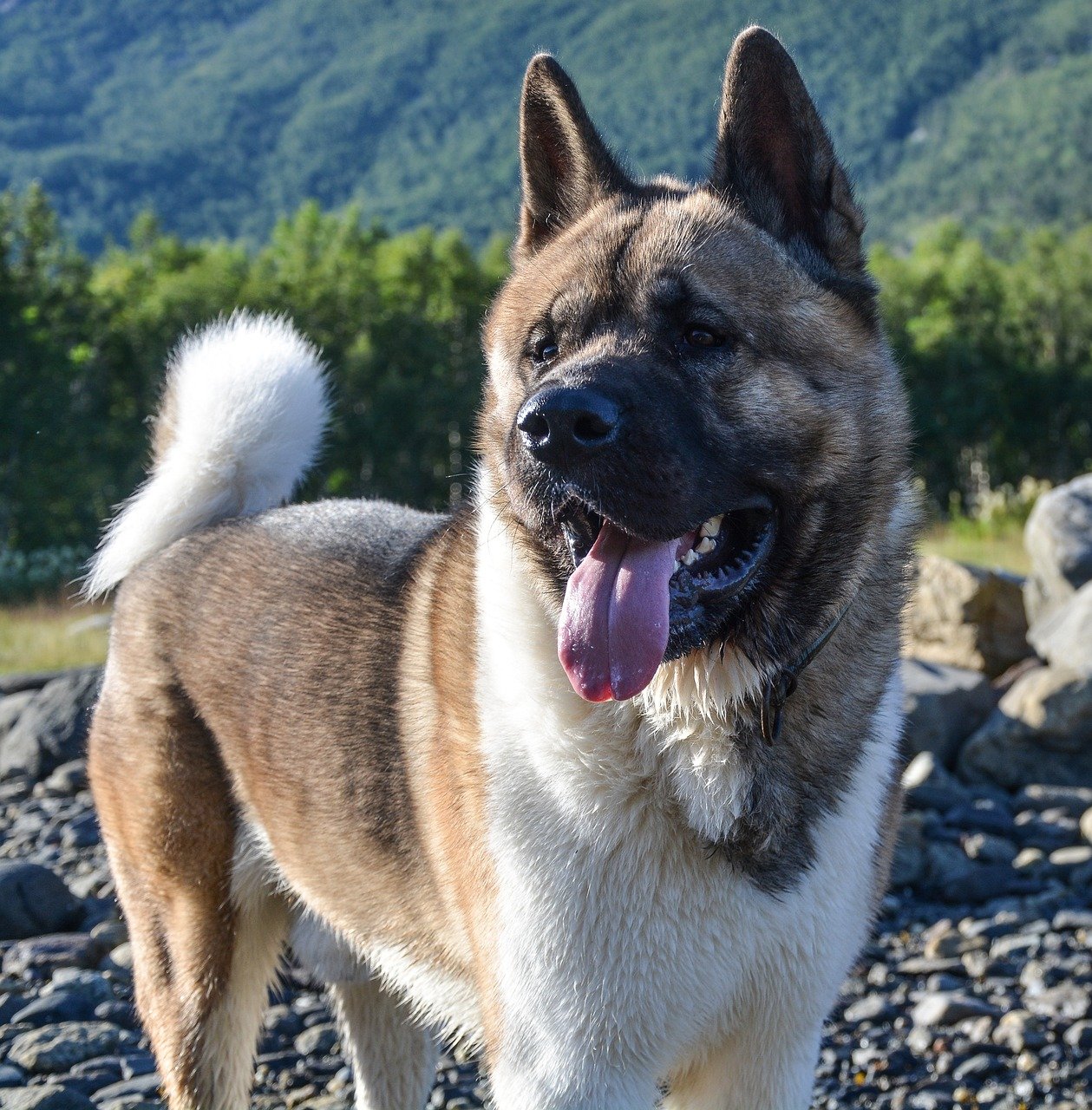
Both the Japanese and American Akitas are intelligent breeds, but their training needs can differ. Japanese Akitas are more independent thinkers, often requiring a patient and consistent training approach. They can be stubborn at times, but with positive reinforcement, they learn quickly. American Akitas are equally intelligent but may be more willing to please. Their protective nature can make them more responsive to training, especially when it involves guarding or protective tasks. Understanding these training differences helps in tailoring the right approach for each breed.
Exercise Needs: Active vs. Moderate
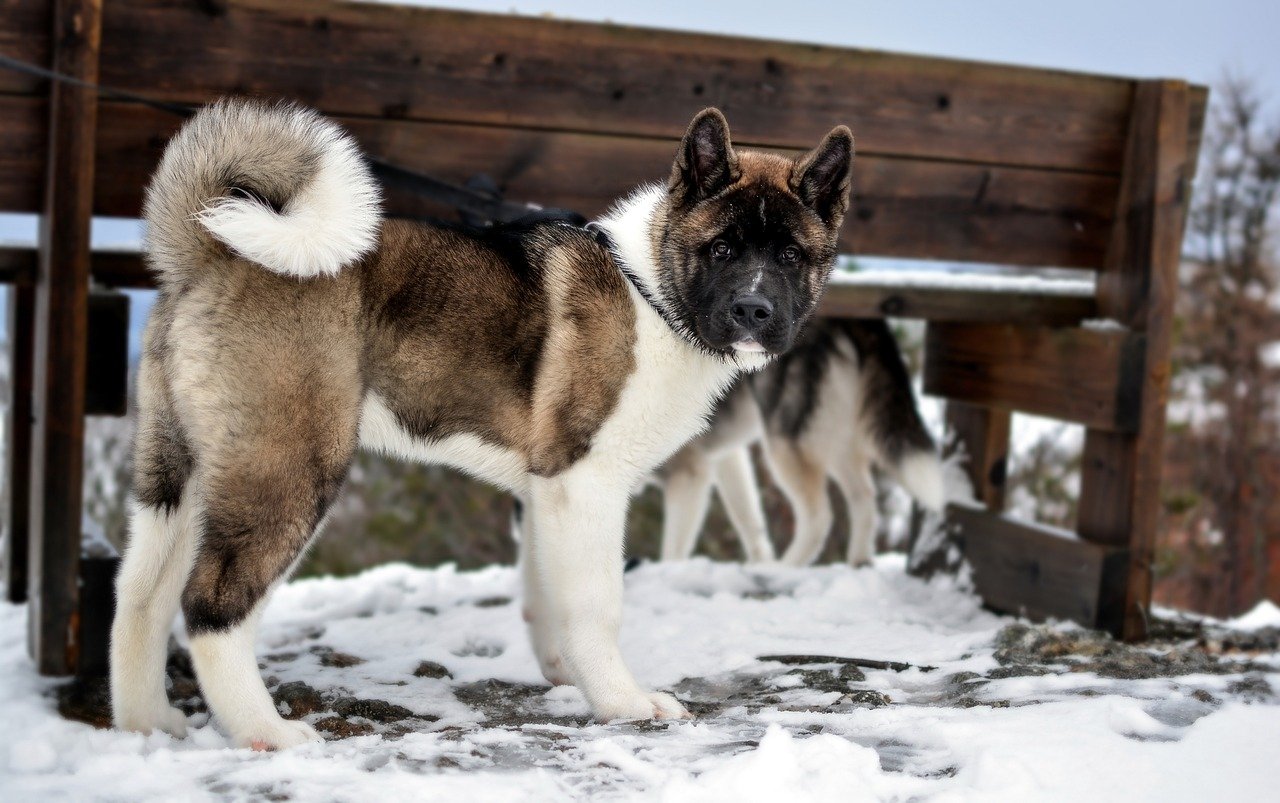
Japanese Akitas are known for their agility and active lifestyle. They thrive with regular exercise and enjoy activities that challenge their agility and intellect. These dogs are excellent companions for hikes and long walks. On the flip side, American Akitas, though energetic, may not require as much physical activity. They are content with moderate exercise and enjoy leisurely walks or playing in the yard. It’s important for potential owners to match their lifestyle with the exercise needs of the breed they choose.
Grooming: Coat Care Differences
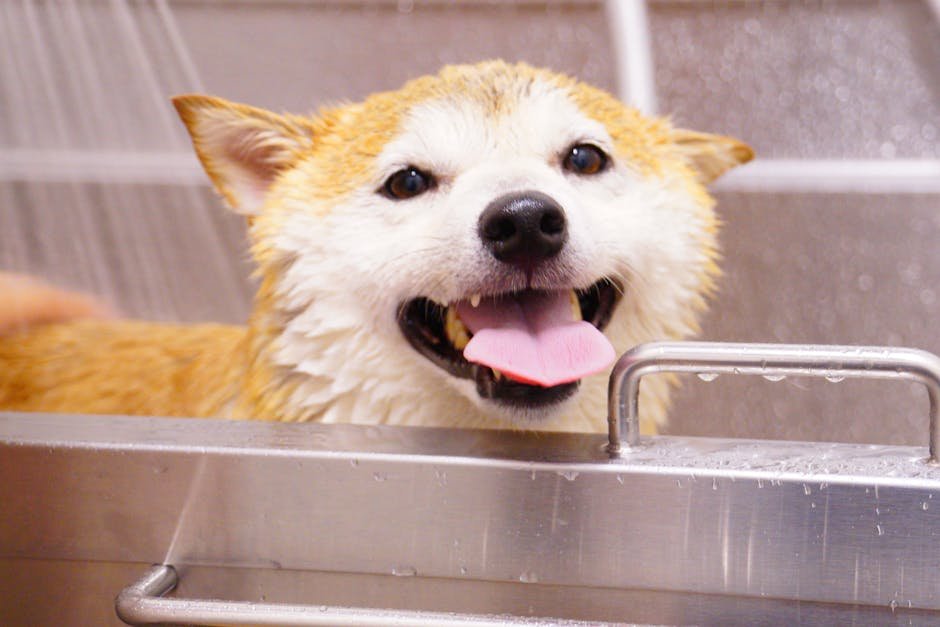
Grooming needs also vary between the two Akita breeds. Japanese Akitas have a double coat that sheds seasonally, requiring regular brushing to keep their coat in top condition. Their fur is shorter and less dense compared to American Akitas. American Akitas, with their thicker and longer double coat, require more frequent grooming sessions to prevent matting and excessive shedding. Investing time in proper grooming ensures that both breeds maintain their health and appearance.
Health Considerations
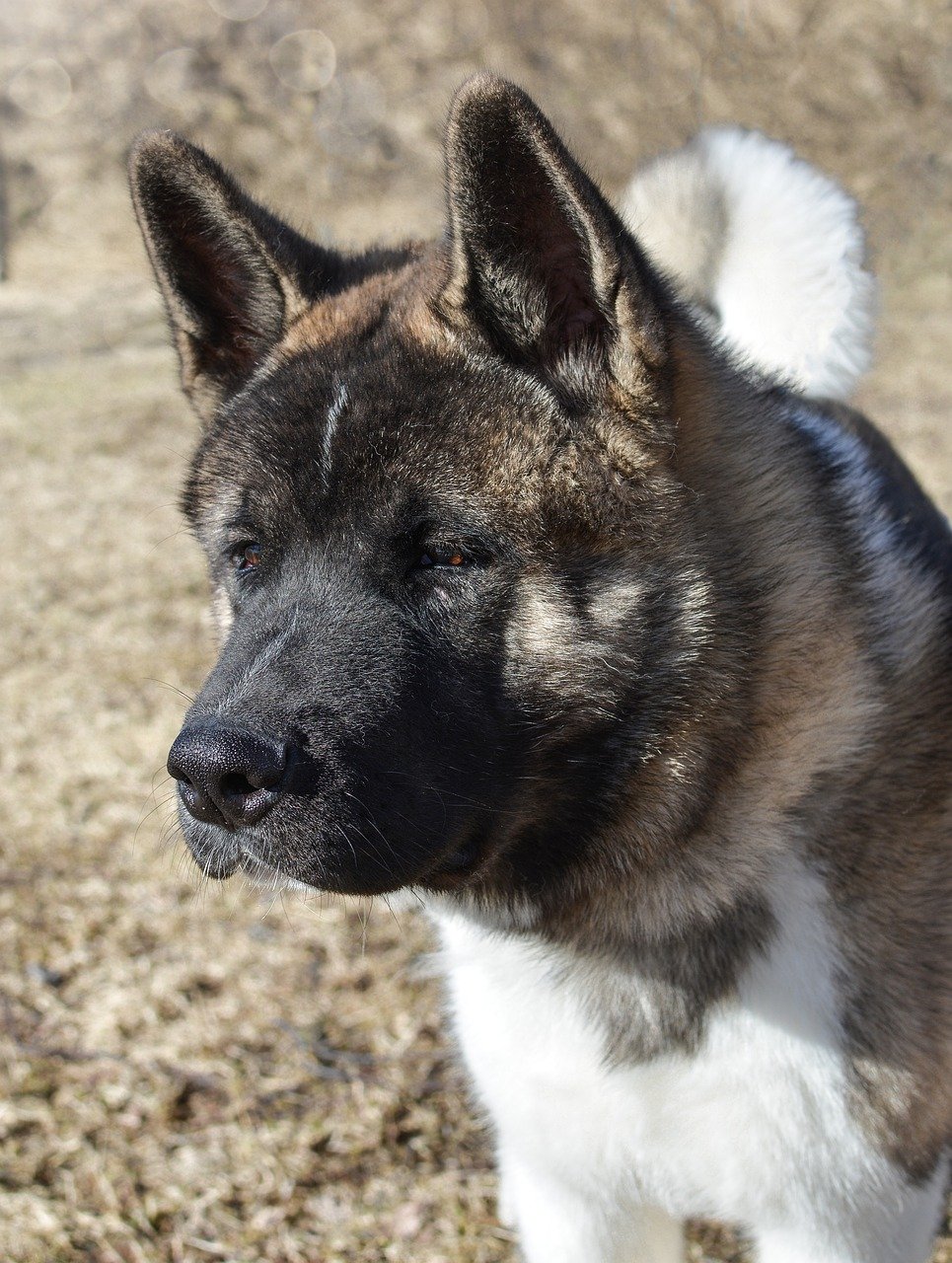
Health is an essential consideration when choosing between the Japanese and American Akita. Japanese Akitas are generally healthy but can be prone to certain genetic conditions such as hip dysplasia and autoimmune disorders. American Akitas share similar genetic concerns, but their larger size can also lead to joint issues. Regular veterinary check-ups and a balanced diet are vital for maintaining the health of both breeds. Being aware of these health considerations helps in providing the best care for your Akita.
Socialization: Early and Often
Socialization plays a crucial role in the development of both Japanese and American Akitas. Japanese Akitas may be more reserved, making early socialization essential to ensure they are comfortable around strangers and other animals. American Akitas, with their protective nature, also require early socialization to manage their guarding instincts. Exposing them to various environments, people, and other pets helps in developing a well-rounded and balanced temperament.
Family Dynamics: Suitability for Homes
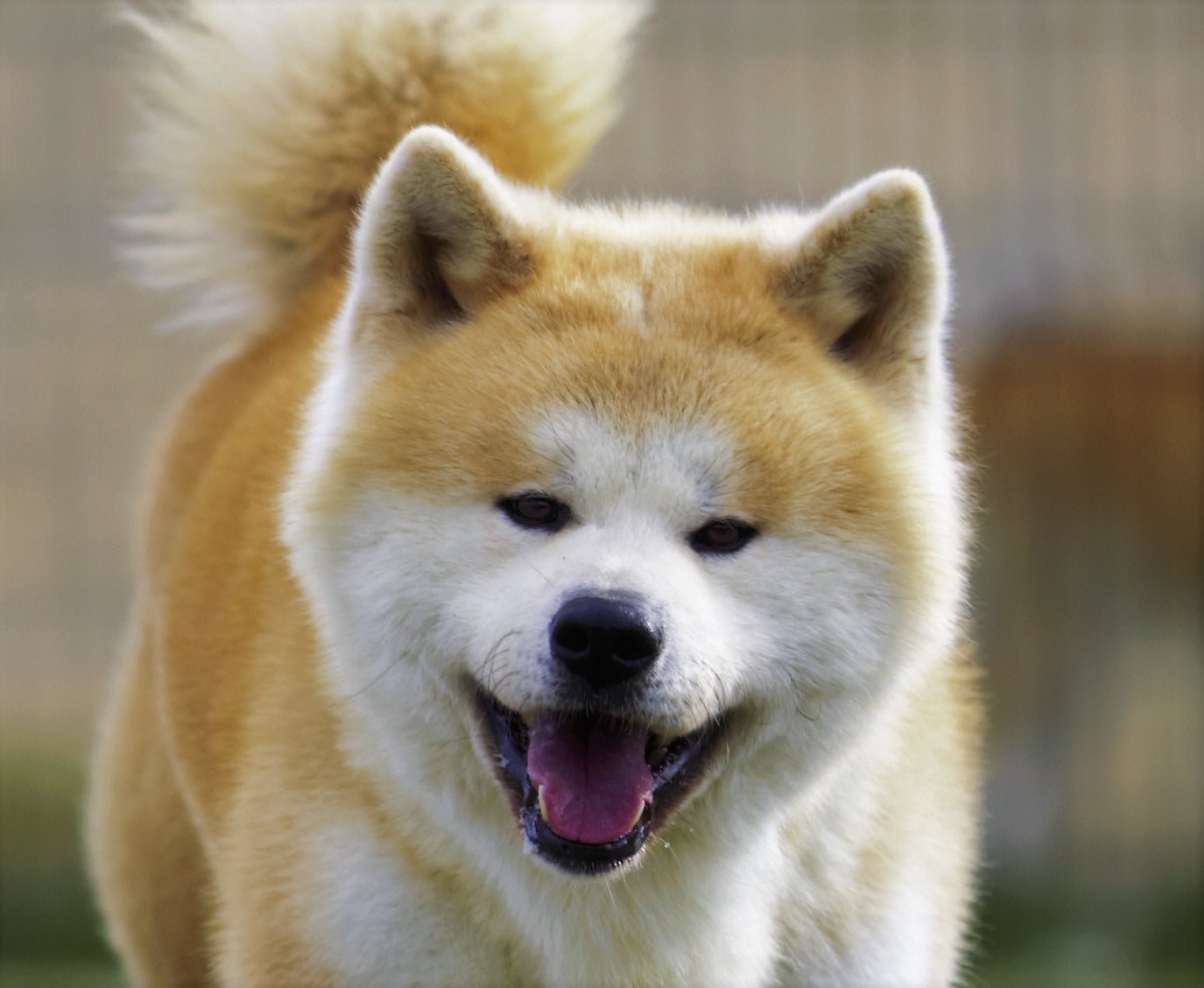
When considering family dynamics, both Akita breeds offer unique benefits. Japanese Akitas can be excellent companions for families seeking a calm and loyal pet. They generally do well with children and can adapt to various living situations. American Akitas are also family-oriented but may require more supervision around young children due to their size and protective nature. Understanding these dynamics aids in making the right choice for your family’s needs.
Popularity and Recognition
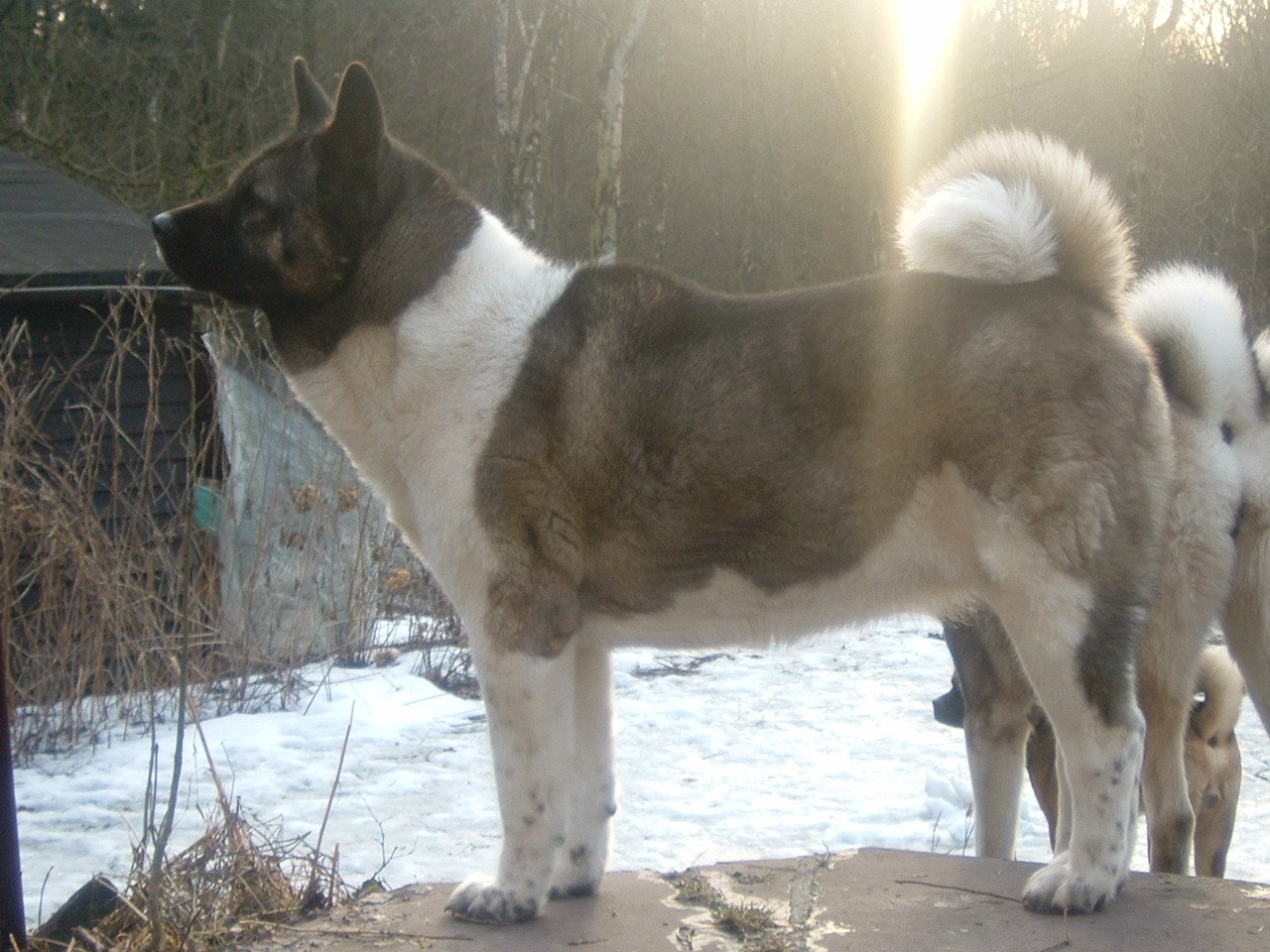
The popularity and recognition of these breeds vary across the globe. Japanese Akitas are often more popular in their native Japan, where they are considered a national treasure. American Akitas, however, have gained popularity in the United States and other Western countries. Both breeds are recognized by major kennel clubs, but the distinction in their standards emphasizes their unique characteristics. This popularity influences their availability and the attention they receive from dog enthusiasts.
Choosing between a Japanese and an American Akita involves considering multiple factors, from appearance to temperament and lifestyle compatibility. Both breeds offer distinct qualities that can enrich the lives of their owners. Understanding these differences helps in making an informed decision that aligns with personal preferences and living situations.

Born and bred in South Africa, a Capetonian at heart. Amy-Leigh’s love for nature and animals was inherited from her Dad. He loves taking the family on road trips to experience nature at its finest; Amy-Leigh’s favourite being whale watching in Hermanus and spotting Kudu along the West Coast. Amy-Leigh holds a BA in English Literature and Communication Studies.

